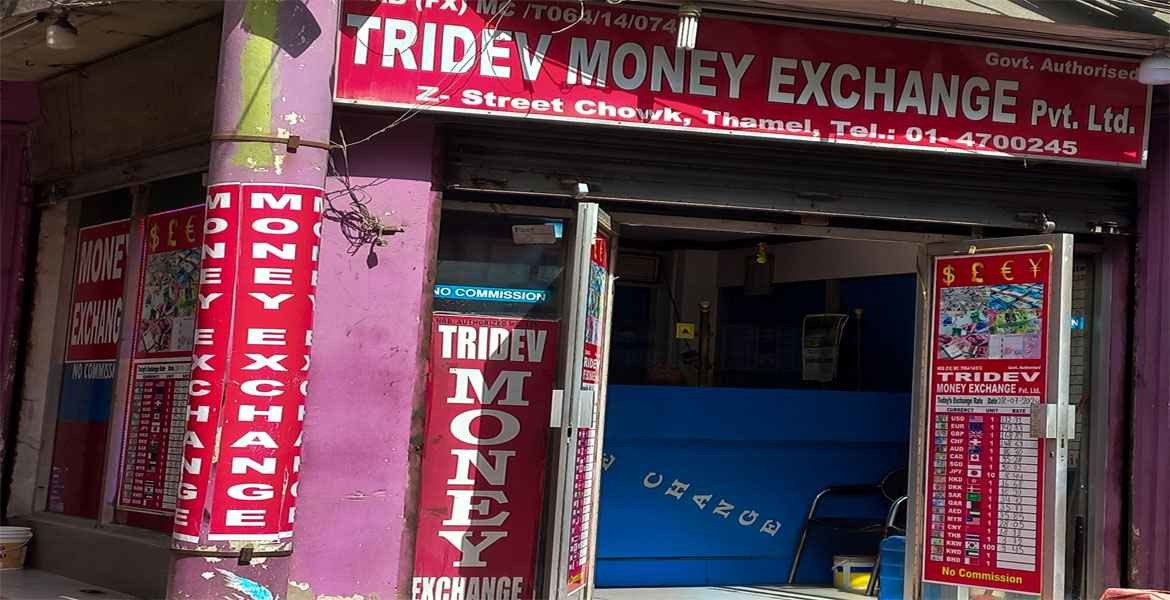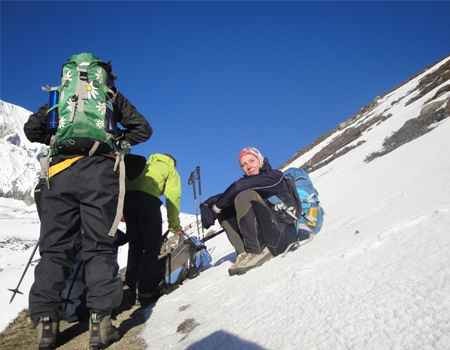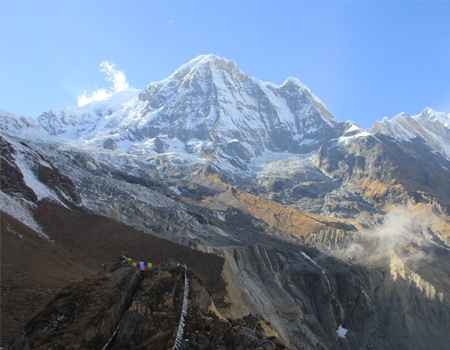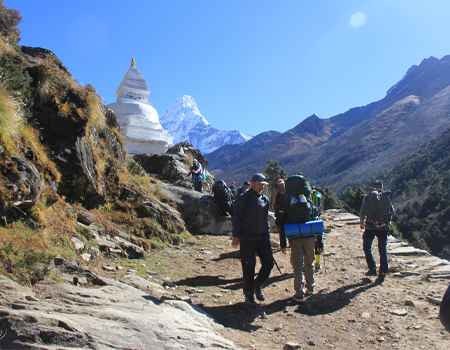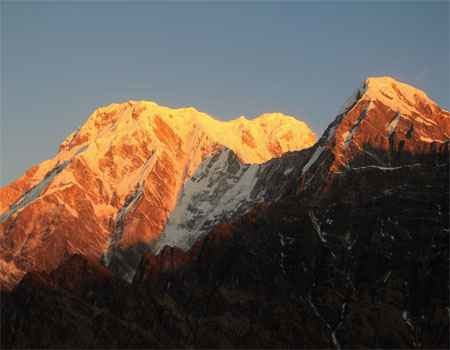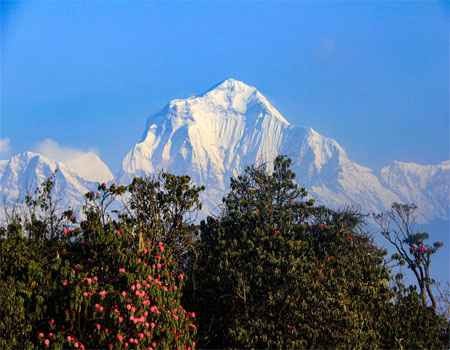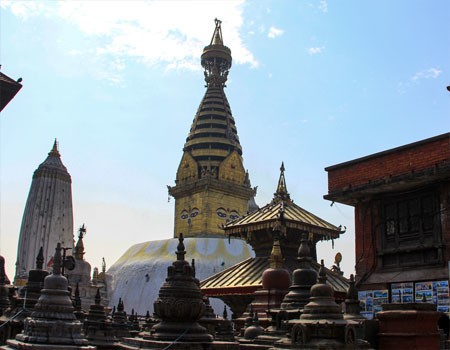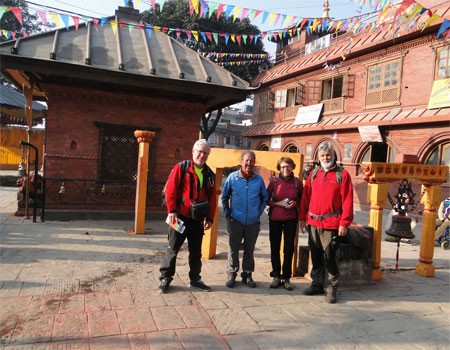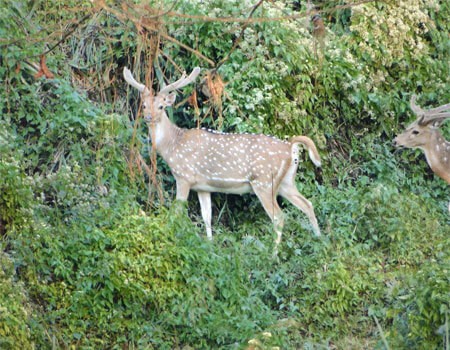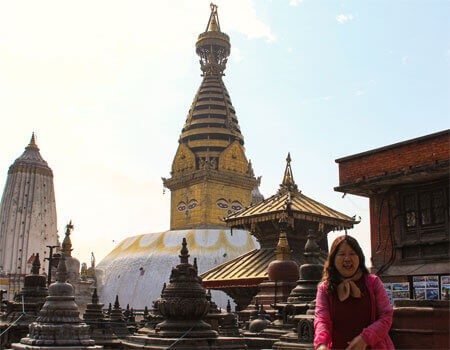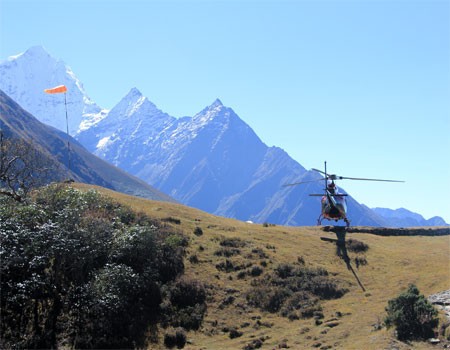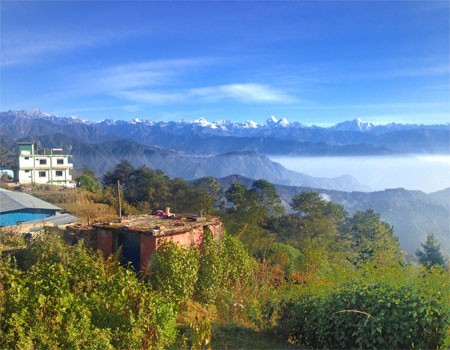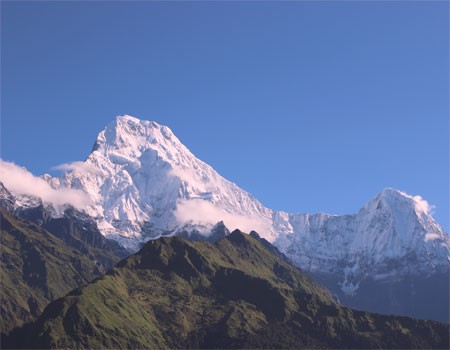Understanding the local Currency and its exchange process is crucial to planning a hassle-free trip to Nepal. This post provides valuable information about the Nepalese Rupee (NPR) and its exchange, which can significantly enhance your travel experience in Nepal.
Get the Best Rate on Foreign Currency Exchange in Nepal
Table of Contents
In Nepal, particularly Kathmandu and Pokhara, you should exchange your Currency for Nepalese rupees (NPR) for the best rates. While exchanging Money in the mountains is possible, the rates are generally less favorable than in the cities. For the best rates, exchanging your Currency in Kathmandu is recommended before traveling to other towns or trekking in the mountain regions.
Most Travellers bring USD and change it to Nepalese Rupees in Nepal. However, There are places to exchange in Kathmandu and Pokhara from the currencies worldwide. You can not pay your Currency in Nepal, so you must change it to the Nepalese local Currency for payments.
Where to Exchange Money in Kathmandu?
You can exchange Money at the airport upon arrival, at the hotel reception, and the money exchange place in Kathmandu. However, you might not get better rates at the airport and hotel compared to the money exchange places. You can also change your Money to Nepalese local Currency with help from your travel organizer in Kathmandu, which is easy and gets you better rates than the places mentioned above.
We are a legal travel agency in Nepal that operates trekking and tours inside the country and arranges tours to Bhutan and Tibet from Nepal. We can exchange your Currency and provide better rates than you see in money-changing places. It does not matter if you book your trip with us or another tour company; we will still help you change Money in Kathmandu. We help you exchange your Currency for Nepalese rupees without incurring any hidden commission. We can even take you to where you will get better rates than the other money exchange places in Kathmandu because we have good relations with them.
USD to NPR and Other Currency Exchange Rate
The most convenient method when exchanging Currency in Nepal is to exchange USD for Nepalese Rupees (NPR). Nepalese Banks and money changers also accept other foreign currencies, providing you with Nepalese Money to use in Nepal. The exchange rate may fluctuate but remains relatively stable throughout the year, offering travelers a sense of security and predictability.
You can easily exchange American, Canadian, Australian, Singaporean, and other Dollars for Nepalese Rupees in Kathmandu before you travel to any destinations or mountain base camps. Except for Dollars, people traveling to Nepal with Euros, Pound Sterling, Japanese and Chinese yen, Danish Kron, and other Currencies also change Nepal to the local Currency to use while they stay there.
Many people work abroad, such as in Middle Eastern countries, South Korea, and other places worldwide. They also need the Nepalese Currency when they return from work leave to see their family. If you are one of them and want to exchange your Money, we can help you with hassle-free money exchange in Kathmandu. If you try to exchange Currency with a money changer or the bank, you need to show some legal papers, and you might need to know where you get better rates so you can remember us for help.
Indian Rupees to Nepalese Rupees
Indian and Nepalese currencies had a fixed exchange rate for many years. The Indian Rupee was 1.6 times higher than the Nepalese Rupee. However, the exchange rate between India and Nepalese in Kathmandu is lower now. You currently have a 1.5 exchange rate in Nepal. Indian Hundreed Rupes is one hundred and fifty Nepalese Rupes. Suppose you exchange USD in India and travel to Nepal with the USD, which is better. In that case, it will give you a better exchange rate than bringing Indian Rupees (INR) to Nepal from India.
Most Places Don't Accept Credit Cards in Nepal
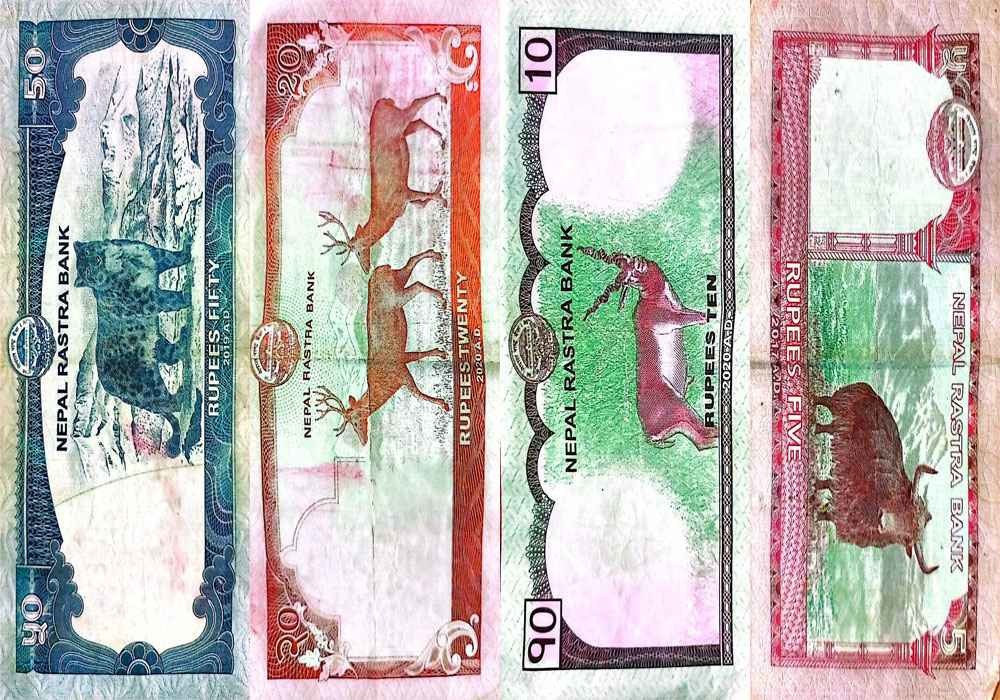 50, 20,10, and 5 rupees notes
50, 20,10, and 5 rupees notes
Nepal is not practicing digital payments, mostly except in some places and some cases. You must use local Currency (Nepalese Rupes) for most payments. However, travel bookings, hotel accommodations in the cities, some prominent shopping places, and some restaurants accept visa and master cards. Not all restaurants and shops in Nepal accept card payments. Especially if you trek to the mountains, the guesthouses don't accept payments from your credit cards. Also, you must pay the bank service charge of 3.5 or 4% extra for each transaction, which can be costly. So, we recommend bringing physical cash while traveling in Nepal.
It's important to note that Kathmandu offers a higher exchange rate than other places in Nepal, including mountain regions. Therefore, we strongly recommend changing your Currency to Nepalese Rupees before you travel anywhere else in Nepal. This preparation will ensure you feel secure and ready for your journey.
ATM Facilities in Nepal and the Mountains
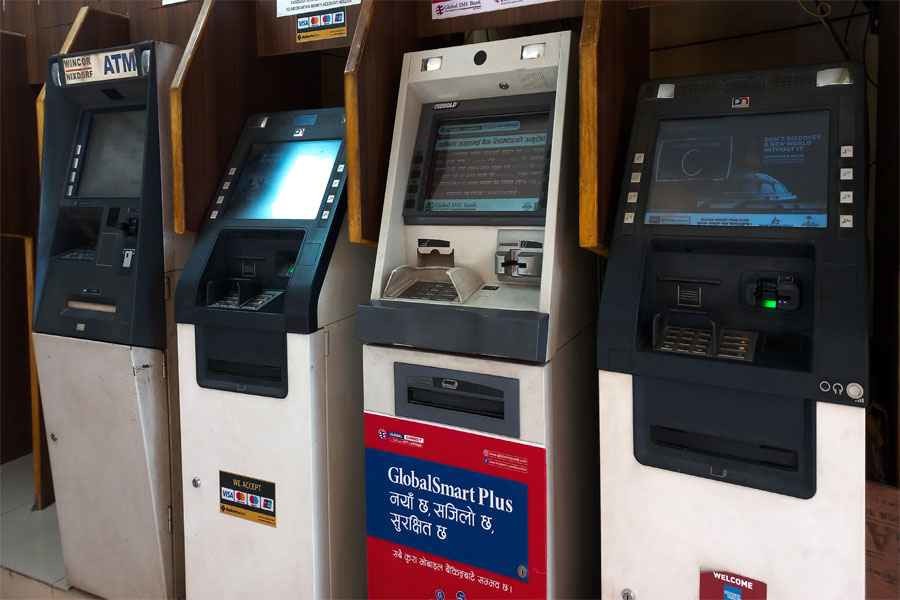 ATMs in Thamel, Kathmandu
ATMs in Thamel, Kathmandu
ATM facilities are readily available in Nepal, allowing you to withdraw Nepalese Money easily. While there is a daily withdrawal limit, and not all ATMs accept all types of debit cards, you can find international banks' ATMs in Thamel in Kathmandu and Lakeside in Pokhara, providing a sense of ease and convenience for travelers.
Suppose you are on the Everest Base Camp Trek or other trekking in the Everest Region. In that case, you will see ATMs in Lukla and Namche Bazaar. After you cross Namche Bazaar, you must use physical cash in the Nepalese Currency. While doing the Annapurna Circuit Trek, there are ATMs in Chame and Manang. So, you can withdraw Money with your debit card just in these two places. Besides Lukla and Namche Bazaar in the Everest Himalayas and Chame and Manang in the Annapurna Region, you can not use debit cards for cash out in other mountain regions in Nepal. So, you must carry some money from Kathmandu or Pokhara before you go to the Himalayas of Nepal for your expenses.
How to Recognize Nepalese Currency?
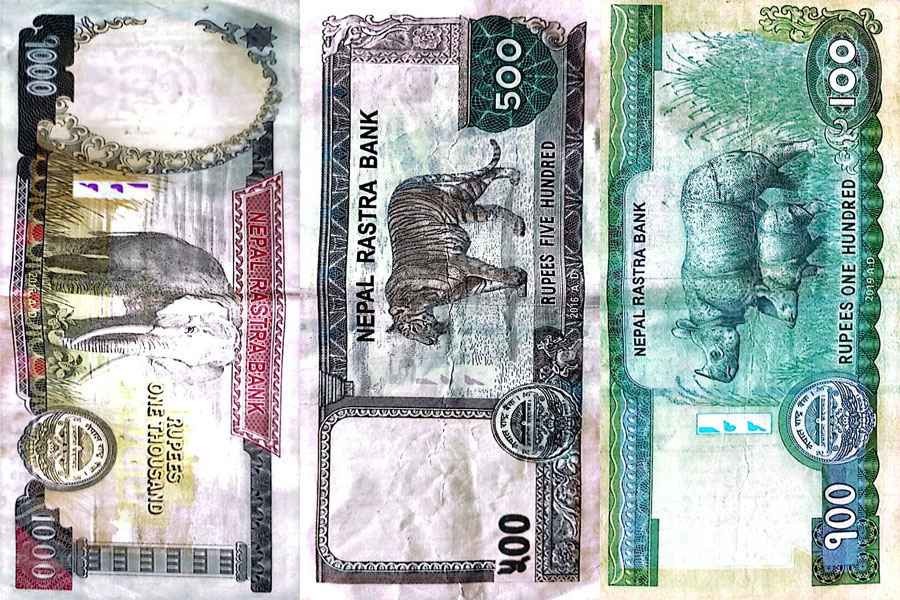 1000, 500, and 100 rupees notes
1000, 500, and 100 rupees notes
Nepalese Money is called rupees! There are both paper money and coins in Nepal, but paper money is more popular because of its price. Nepal used to have one and two rupee notes, but they stopped printing. The market has five, ten, twenty, fifty, 100, 500, and 1000 rupee notes. You find one—and two-rupee coins and rarely five—and ten-rupee coins in Nepal. Recognizing these notes and coins will make you feel more informed and confident during your travels in Nepal.
Recognizing the Nepalese Money is relatively easy. The English Number, including the Nepalese, is on each note. You can also acknowledge the notes with the color, but 5 and 20 rupees are red. You can find them by their size. A 20 rupee note is more significant than a 5 rupee note. The color of 10 rupees is white, 50 is blue, a hundred is green, 500 is brown, and a thousand rupees note is white and in the most significant shape.
The easiest way of recognizing Nepalese Rupees is with the animals printed on the note. A 1000 rupee note has an elephant, a 500 rupee note has a tiger, a 100 rupee note has rhinos, a 50 rupee note has a tiger, a 20 rupee note has deers with horns, 10 rupees note has a single mountain deer, and 5 rupees note has yak prints.
Finally
Travelers in Nepal must exchange their Currency for Nepalese local Currency to pay for accommodation, food, and shopping in most places (especially in the rural region and the Himalayas). Because of the lack of ATMS and lower exchange rates in the mountains, each traveler must carry Nepalese Rupees during their stay.
Hopefully, this post provided information on changing Money in Nepal and Kathmandu, using ATMs, and recognizing Nepalese notes. Subscribe to us for more Nepal travel and trekking information, and share this blog with your friends traveling to Nepal. You can also ask us anything about Nepal and book tours with us by contacting us via email or WhatsApp at +9779851043624.
